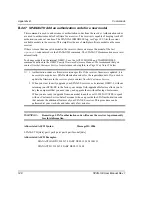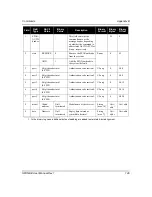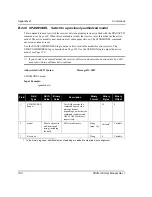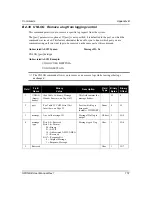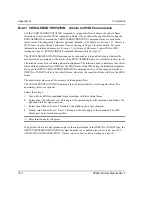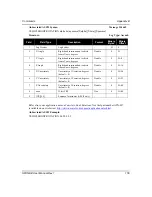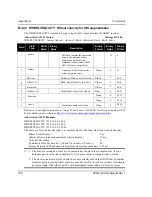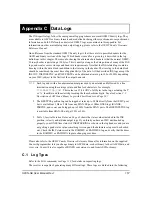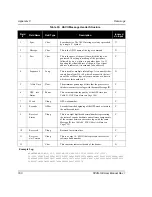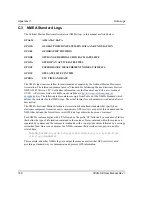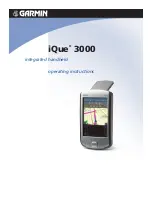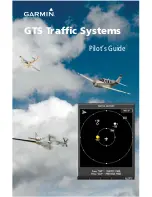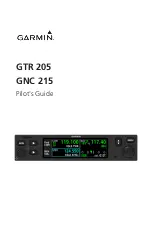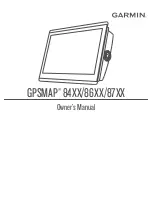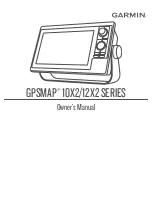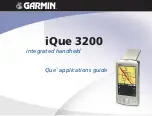
154
SPAN-SE User Manual Rev 1
Appendix B
Commands
B.4.41 VEHICLEBODYROTATION
Vehicle to SPAN frame rotation
Use the VEHICLEBODYROTATION command to set angular offsets between the vehicle frame
(direction of travel) and the SPAN computation frame. If you estimate the angular offsets using the
RVBCALIBRATE command, the VEHICLEBODYROTATION command values are used as the
initial values. The uncertainty values are optional (defaults = 0.0). Please see
SPAN frame Angular Offsets Calibration Routine
for more details. For more
information on reference frames, see
Section 3.1, Definition of Reference Frames Within SPAN
. RVBCALIBRATE command information is on
.
The VEHICLEBODYROTATION message can be requested as a log and will report whatever the
user entered as a command, or the results of the RVBCALIBRATE process, whichever is most recent.
The rotation values are used during kinematic alignment. The rotation is used to transform the vehicle
frame attitude estimates from GNSS into the SPAN frame of the IMU during the kinematic alignment.
If you use the APPLYVEHICLEBODYROTATION command on
, the reported attitude in
INSPVA or INSATT will be in the vehicle frame; otherwise, the reported attitude will be in the SPAN
frame.
The uncertainty values report the accuracy of the angular offsets.
The VEHICLEBODYROTATION command sets the initial estimates for the angular offset. The
uncertainty values are optional.
Follow these steps:
1. Start with the SPAN computation frame coincident with the vehicle frame.
2. Rotate about the vehicle Z-axis. This angle is the gamma-angle in the command and follows the
right-hand rule for sign correction.
3. Rotate about the new X-axis. This angle is the alpha-angle in the command.
4. Finally, rotate about the new Y-axis. This angle is the beta-angle in the command. The IMU
should now be in its mounted position.
Enter rotation angles in degrees.
To apply the vehicle to body rotation angles to the output attitude in the INSPVA or INSATT logs, the
APPLYVEHICLEBODYROTATION command needs to be enabled, please refer to









